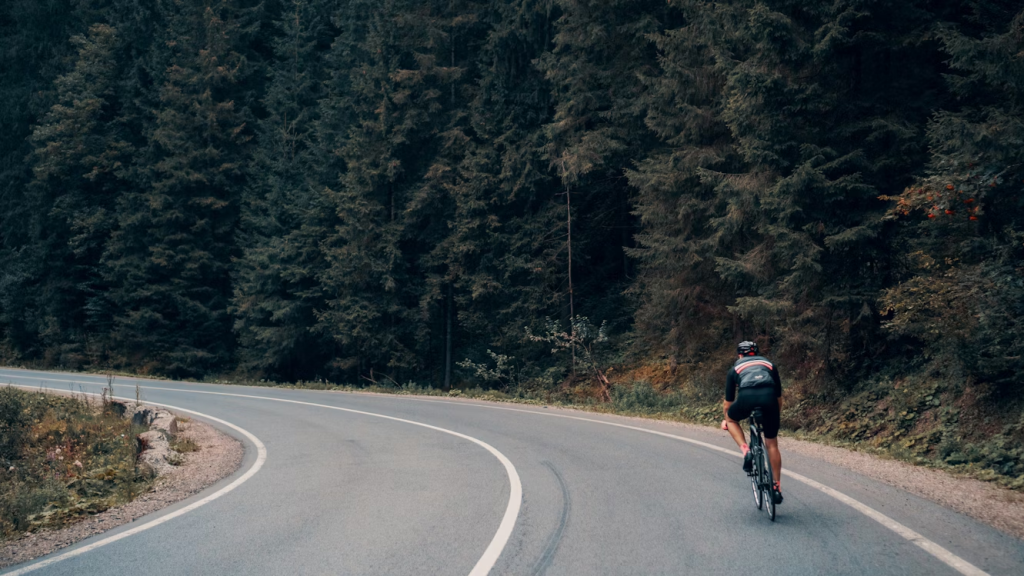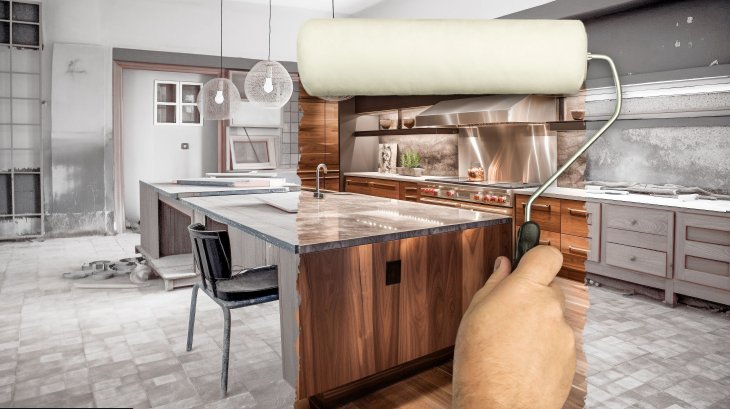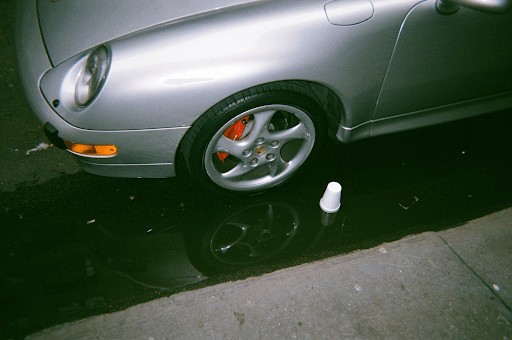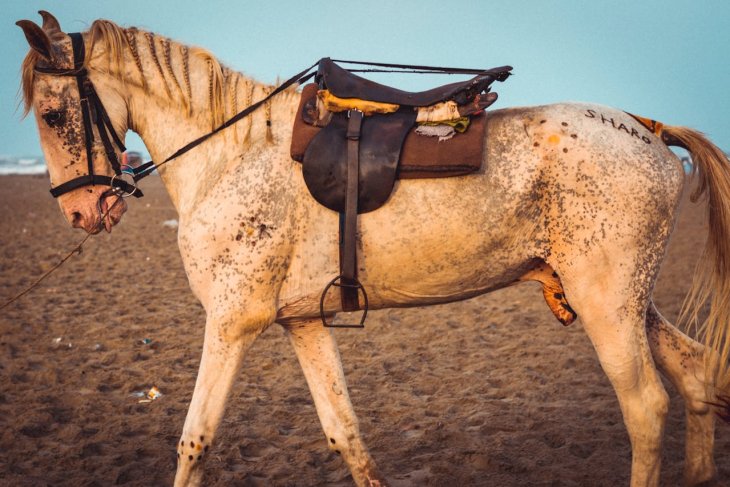Consider cycling in Auburn? You are not the only one. Whether you’re commuting to work or to the farmers market to enjoy the beauty of the Green River Trail on a sunny afternoon, you may notice more cyclists choosing Auburn because it’s accessible to cyclists of all ages. With an expanding network of bike-friendly streets, paved paths and beautiful parks, now is the time to get on two wheels. However, as the number of bikes on the road increases, awareness and preparation are necessary to a greater extent.
Cycling is not only healthy and fun, it also comes with real safety concerns. Whether you have riders or not doesn’t mean that more serious problems are out of the question, as even the most experienced of them can find themselves in dangerous situations. And when an accident happens, it’s important to know your rights and what support you might be entitled to – understanding your bicycle accident claim payout options can make a real difference in your recovery process. Use this tool to check the prospect sum.
The good news is that bike accidents are preventable; it is just a matter of a few good habits, proper planning and appropriate equipment. These are some tips you can use to stay safe and be more confident whether you are new at biking or an everyday commuter in order to be able to enjoy everything Auburn has to offer.

Eight Essential Safety Rules for Every Auburn Cyclist
If you want to ride safely through Auburn’s neighborhoods, parks, and main streets, there are a few must-follow rules that can drastically reduce your chances of an accident. Here are eight safety guidelines every cyclist should know before rolling out:
- Always wear a helmet: Helmets are your first line of defense in a crash. Choose one that fits snugly, sits level on your head, and meets safety certification standards. It could be the most important decision you make before riding.
- Use bike lights, day and night: Visibility is critical. A white front light and red rear light aren’t just for nighttime, they make you more noticeable even during daylight. Flashing modes can be especially helpful in low-visibility conditions like fog or dusk.
- Ride with traffic, not against it: Always ride in the same direction as cars. It gives you better visibility, makes your movements more predictable to drivers, and is legally required on public roads.
- Signal all your turns and stops: Use hand signals to indicate turns or when you’re slowing down. Communication is key to preventing surprises on the road.
- Be predictable in your movements: Avoid weaving between parked cars, darting across lanes, or riding erratically. Keep a straight line and follow lane markings wherever possible.
- Watch for opening car doors: Ride a few feet away from parked cars to avoid being “doored”. This common accident happens when someone opens a car door into a cyclist’s path.
- Yield to pedestrians: On shared-use trails like the Interurban or paths through Game Farm Park, always give walkers the right of way and announce your presence with a bell or a polite “on your left”.
- Check your bike before every ride: Do a quick inspection: are the brakes working? Tires inflated? Chain greased? It only takes a minute but can prevent dangerous breakdowns mid-ride.
Auburn’s Trails and Streets Are Evolving
Auburn has made significant progress in recent years toward becoming a more bike-friendly city. New bike lanes, clearer signage, and trail improvements have made it easier than ever to navigate the city safely on two wheels. The Interurban Trail, stretching through town and connecting to cities beyond, is a favorite for long, uninterrupted rides. Neighborhood greenways offer safer alternatives for cyclists who prefer low-traffic routes, and parks like Game Farm or Les Gove Park provide peaceful loops for more casual outings.
City planners have also been paying closer attention to bike accessibility. The Auburn Bicycle Master Plan outlines long-term infrastructure improvements that prioritize cyclist safety. From downtown streets to suburban neighborhoods, Auburn is building a safer future for riders, one lane at a time.
Planning Is Part of Safety
One of the best ways to stay safe is to plan your route before you start pedaling. Knowing where you’re going helps you avoid busy roads, confusing intersections, or construction detours. Auburn offers downloadable bike maps online, and navigation apps like Ride with GPS or Komoot can help you plot a course tailored to your skill level and preferences.
If you’re riding during peak traffic hours or in the dark, take extra care. Stick to well-lit, familiar routes and let someone know your estimated arrival time. Don’t rely on your phone mid-ride, check directions before you leave, and if you need to reroute, pull over safely before using your device.
Final Thoughts: Safe Riding Starts with You
Auburn is a beautiful city to explore by bike, from the peaceful stretches along the river to the vibrant hum of downtown. But even the best trail system can’t protect you without a bit of caution and care. Following these eight simple safety rules and staying aware of your surroundings can help you enjoy everything biking in Auburn has to offer, without unnecessary risk.
So, the next time you gear up for a ride, remember: safety isn’t just a checklist, it’s a mindset. Ride smart, ride proud, and help make Auburn a safer, stronger cycling community.




















